In honor of Halloween, we are going to honor and explore a semi-edible mushroom that is kinda gross and scary looking! One that surely bridges the worlds. In this blog post, we will learn more about the Stinkhorn Mushroom, phallus impudicus and rubicundus, and mutinus elegans. Based on one of Stinkhorn’s scientific names, some find this mushroom elegant!
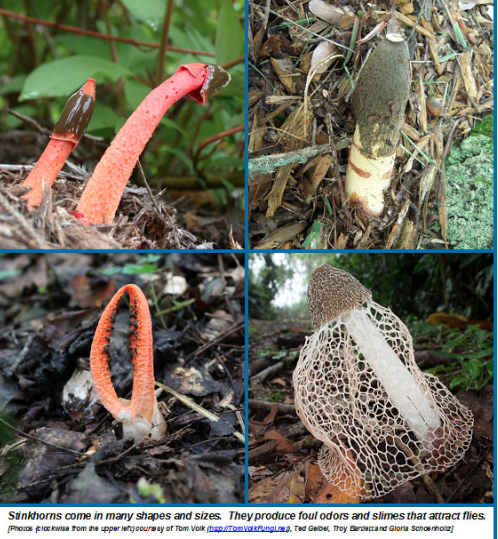
When I first encountered Stinkhorns, I thought I had found a strange snake egg in the mulch of a vineyard and an orchard. It almost had the consistency of a skinless lychee–translucent, wet, and white pulp, with some sort of seed inside. I picked it up and gave it a small squeeze to feel the texture, and accidentally burst it. I freaked out, thinking I had accidentally ended the life of a snake egg, when my friend told me that it is the egg of a Stinkhorn Mushroom! She then pointed out the spongy orange stems and green-black, slimy slender mushroom caps across the row of grapevines. The mature Stinkhorn Mushrooms look like witches fingers! Then, she taught me that the eggs, and perhaps the mature witches fingers Stinkhorns, were edible! I haven’t tried these mushrooms yet, though I am told they don’t taste “good.” I am curious, though! And will report back once I cook some up someday.
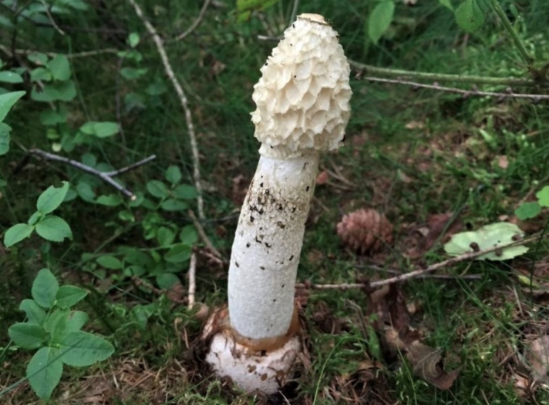
The Stinkhorn Mushrooms come out when it is wet and humid, which around Maryland means spring into the beginning of winter. They prefer temperate climates and looser soils (or mulch, where I first encountered them). They are called Stinkhorn because they have a foul odor to attract flies, and slime to get the flies to stick around. This benefits gardens because flies are the less popular pollinators among bees, butterflies, and hummingbirds. Their mushroom cap is a gleba, which contains the spores. Like bees pollinating flowers, the flies are covered in the sticky spores from the gleba and carry them off to inoculate elsewhere. Stinkhorn stems are also hollow inside and grow from a bulbous base. Though many gardeners dislike the Stinkhorns, I wonder what it would be like to welcome them into one’s pollinator garden. Based on their name and their smell, you would think that they are also good decomposers and great at recycling nutrients into the soil. This is true! They travel from garden to garden by their string and web like mychoraze, usually in mulch or in garden soil from the hardware store. They then form into a slimy egg, also called witches eggs, and sprout a stem from there. They can grow up to 6 inches in one hour! This means that the eggs I found in the vineyard likely grew into mature Stinkhorns by the next day. Though I found Stinkhorns with an orange, spongy stem, they can also have white stems and white caps with similar texture.
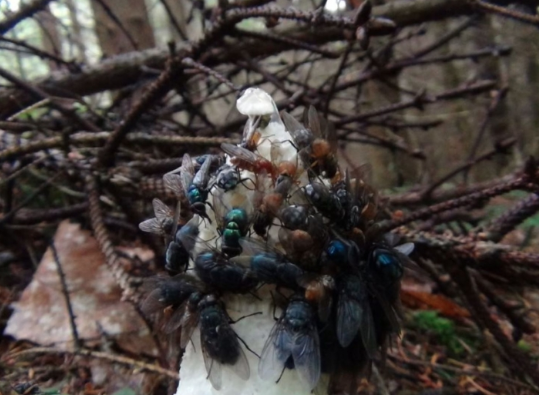
Because I have not personally eaten Stinkhorn, I cannot attest to their taste or total safety. I mention that they are edible more as an interesting tid-bit. I have learned that the eggs of the Stinkhorn are best to eat, and can be found in some cuisines around Ireland and England. It is important to know which eggs you are harvesting, for the Death Cap mushroom eggs look similar to the Stinkhorn witch’s eggs. I learned from British Local Food that they Stinkhorn eggs have a green goo inside, and that is how you tell them apart. They have a slightly radish-like and water chestnut taste and texture. According to them, Stinkhorn witch’s eggs can be eaten raw or cooked, and remind the chef more of vegetables than mushroom in their flavors. Please check out more from British Local Food here.
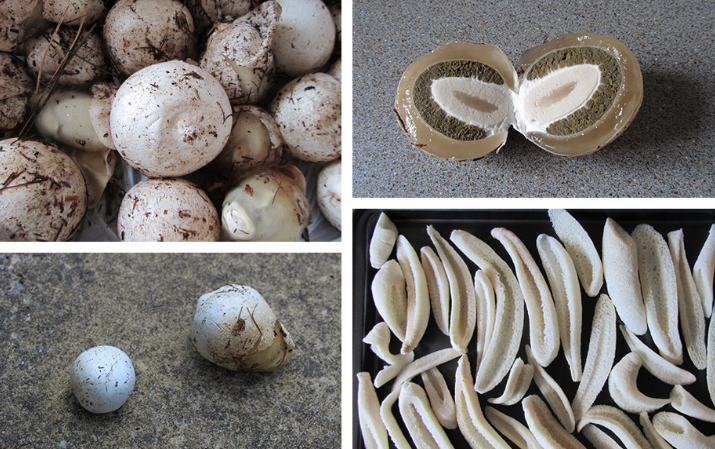
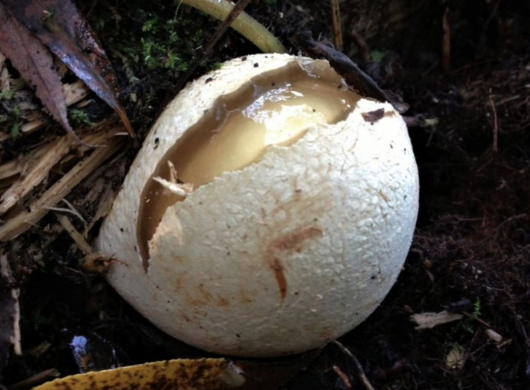
I have yet to find information on their origin…if they are native, naturalized, or invasive, or if they are native to many continents. I will report back when I have discovered more about this interesting, bizarre, and strangely lovely fungus–the Stinkhorn Mushroom.
Happy Halloween, from NHSM!

